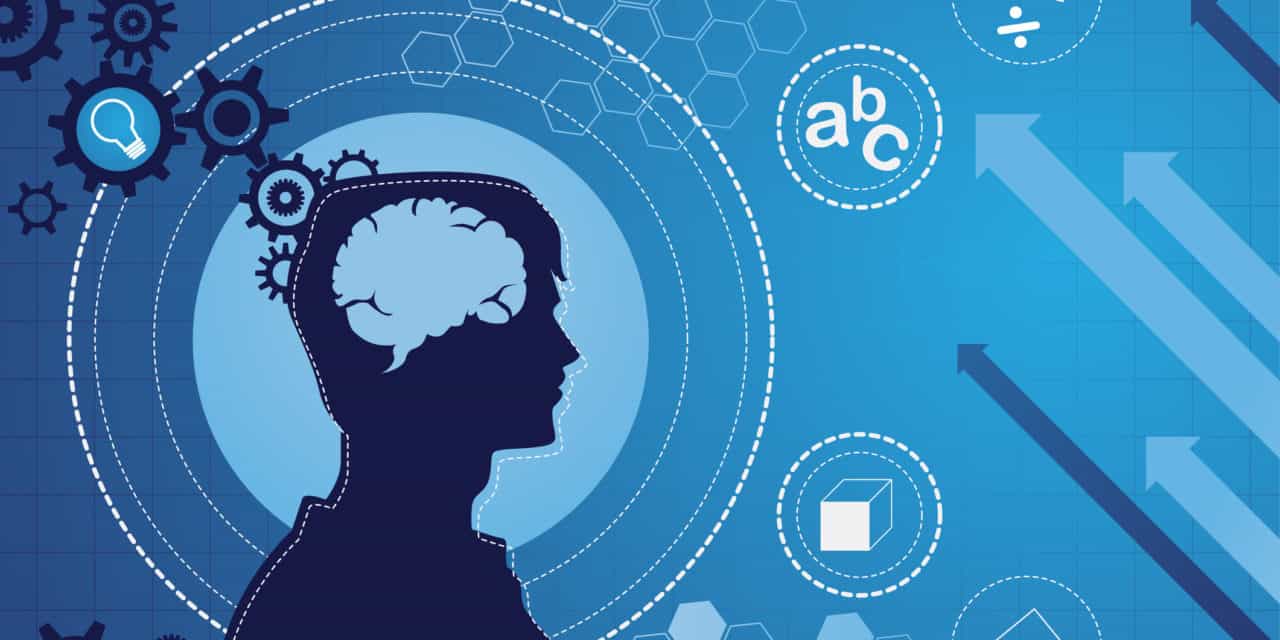Improve working memory
There are many ways to enhance our brain’s function and improve working memory – a key marker of a healthy brain.
Working memory is the part of our brain used for temporarily storing and manipulating information, such as mental arithmetics, attention span, and remembering instructions and following through on them while being able to ignore irrelevant distractions and other thoughts.
Working memory is important for a wide range of cognitive functions and is especially vulnerable to aging, possibly due to declining levels of the neurotransmitter dopamine. Recently, a number of exercises have been developed to train and improve working memory in the short-term.
Neuro-feedback to improve working memory
One approach to enhance the aging brain is biofeedback. The skills that help you self-regulate your brain activity are acquired by way of immediate feedback and positive reinforcement. One example is neuro-feedback – where feedback is achieved by hooking you up to an electroencephalogram (EEG), which painlessly records spontaneous electrical activity (brain waves) through your scalp.
Skilled neuro-feedback therapists monitor these patterns, and note changes in your brain activity via displays on television monitors or radio signals.
You can then use this ‘biofeedback’ to develop self-reliant techniques for controlling and redirecting the dominant electrical rhythms of your brain. The therapists take an initial baseline EEG, which can also be helpful in identifying the best focus for your brain retraining and reduce training time.
In healthy individuals, neuro-feedback techniques can improve working memory and result in better performance in exams, sport and artistic expression. How the methods actually work is a matter of ongoing research, with some arguing that biofeedback training, an attention-demanding task, simply serves to improve attention and concentration through repetition.
Neuro-feedback techniques, however, also seem to have specific and long-lasting effects on brain physiology and metabolism, apparently stimulating the development of new neural pathways, improving blood flow in the brain and even the generation of new brain cells.
These effects may also be beneficial, in the context of our aging brain, to memory, reaction time, processing speed and general cognitive functioning. In addition, some individuals report improvements in everyday functioning including writing, playing card games, actions involving short-term memory as well as sound and restful sleep.
Audio Visual Entrainment
An alternative and less expensive way to regulate the brain’s function and improve working memory is via Audio Visual Entrainment (AVE).
AVE uses displays of sound and light to guide the brain toward specific frequencies. The brain will essentially ‘join in’, following a flicker of light, the throbbing of a sound or even a tactile stimulus such as stroking: like a carriage pulled behind a locomotive, hence the term entrainment.
The brain is carried ‘up’ or ‘down’, increasing or decreasing its dominant frequencies in response to particular stimuli. For example, when a setting on the AVE device designed to ‘up-train’ the brain is selected, neural activity will follow the stimulus into the ‘fast wave’ range and most people will experience a growing sense of focus, energy and concentration.
In individuals with impaired function, AVE can produce sustained improvements. This is possibly because the methods prevent inattention, but there is also evidence that repeated stimulation of brain cells actually promotes brain growth, blood flow and formation of new neural connections, the latter of which may be important in slowing the effects of aging.
Interactive metronome
A newer model is the interactive metronome, in which an individual can focus on their own internal brain clock and learn how to deflect distractions with the help of a combination of a computer software. Although this model is currently focused on rehabilitation, it may become a technology that may assist in preventing diseases such as Parkinson’s or Alzheimer’s in those who may be at risk for early onset mental decline.
Brain training
Although there remains much contention around the whole world of ‘brain training’, there are now many exercises available online, promoting reaction times, memory, attention, focus and other cognitive skills.
Another way to improve working memory is to spend some time every day with a puzzle book and enjoy regular games of bridge or poker as these are an ideal way to concentrate and improve working memory and other skills.
Reference
- In defense of Working Memory Training: http://blogs.scientificamerican.com/beautiful-minds/2013/04/15/in-defense-of-working-memory-training/
Last Reviewed 20/Feb/2017
Editor
Latest posts by Editor (see all)
- Oily fish and diabetes prevention - 04/06/20
- Manage the andropause - 11/12/17
- Testing testosterone levels - 07/12/17






